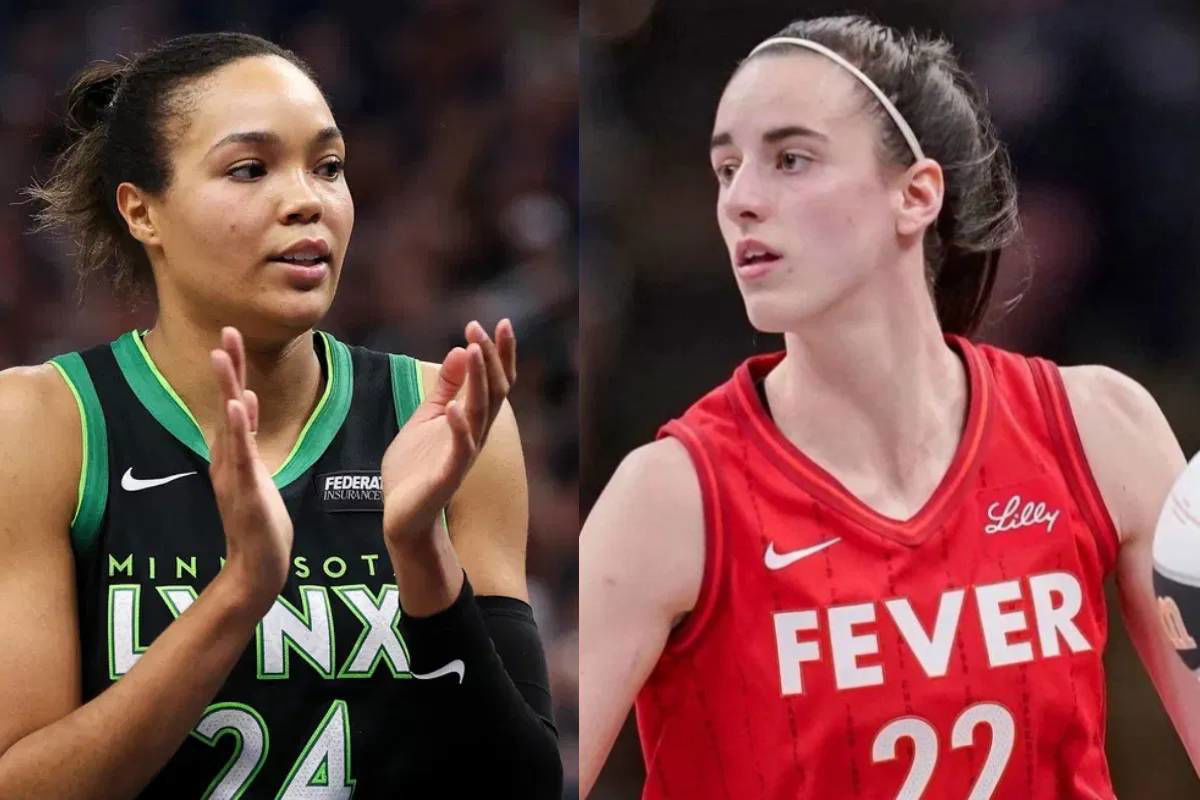

It’s been a year since the WNBPA announced players would opt out of their CBA. Yet 12 months later, there’s still no sign of a new deal before the current one expires on October 31. When asked if an agreement would be reached by then, WNBPA senior advisor Erin Drake admitted, “Unfortunately, I’m not confident.” But finally, there’s a silver lining.
Watch What’s Trending Now!
So far, the league and the WNBPA have held some bargaining sessions, including a session in New York last Thursday, but none have worked. To start, players want a better revenue-sharing system; they are demanding a larger proportion and a model tied to revenue growth. That’s exactly where things became non-negotiable for the WNBPA, hinting at an imminent lockout by the end of this month. However, ESPN’s Alexa Philippou and M.A. Andrews had noted that missing the deadline “doesn’t mean” a lockout will “automatically happen.”
Seems like they were right, and many others think the same.
ADVERTISEMENT
According to the latest update from CNBC’s Senior Media and Tech Reporter Julia Boorstin, WNBA players and the league have agreed to sign an extension. “Now, sources tell us there’s been little progress ahead of the deadline, but that a likely outcome is that both sides agree to a short-term extension in order to continue negotiations,” she said in a recent episode of CNBC Television.

Imago
Oct 3, 2025; Las Vegas, Nevada, USA; WNBA Commissioner Cathy Engelbert talks during a presser before the start of game one of the 2025 WNBA Finals between the Phoenix Mercury and the Las Vegas Aces at Michelob Ultra Arena. Mandatory Credit: Stephen R. Sylvanie-Imagn Images
So yes, the issues remain unresolved, but both parties have agreed to take more time to discuss and negotiate. That’s much needed, too-under the current timeline, the WNBA would enter a lockout in less than a week. And while the season doesn’t start until spring, a lockout would benefit no one.
ADVERTISEMENT
Most importantly, players would lose access to facilities and halt operations like trades, ultimately delaying the upcoming season. That’s something both players and the league want to avoid. After all, the league saw a record 33% increase from its previous peak attendance this past season. They also hit record ratings, with over 60 million unique viewers across broadcast partners.
And as sponsors noticed, the W ended up with a $2.2 billion rights deal last year with ESPN, Amazon, and NBC Universal. “Those numbers have also drawn big sponsors, including Delta, Nike, and CarMax. CarMax tells us it is following the developments closely and that it remains focused on the league’s growth and celebrating the athletes who inspire fans,” added Boorstin. So yes, for a growing league, resolving the current CBA issues is absolutely crucial.
ADVERTISEMENT
The deadline, however, brings with it several other points, particularly with the Toronto Tempo and Portland Fire preparing to debut next season. Both expansion teams will need to hold their draft before a “supersized free agency,” a source told AP News, which is expected to include nearly all players not on rookie deals. The source further explained that if the CBA talks are extended, the “expectation is for the expansion draft to take place as soon as possible after the CBA is put in place.” However, without clarity on the duration of the extension, “it’s difficult for the two new franchises to plan without a specific timeline or any set rules.”
Adam Silver spoke the same language the WNBPA is tired of
When the WNBA’s last collective bargaining agreement (CBA) expired in 2019, the process wasn’t exactly smooth either. The initial deadline of October 21 that year was pushed to December 31, and the final deal didn’t come through until mid-January 2020. So, extensions aren’t new territory for the league, but this time, things feel far more tense and layered. The WNBA has grown exponentially in visibility and value, yet so have the frustrations toward the league’s leadership
ADVERTISEMENT
It all began with Napheesa Collier’s exit interview, where she recalled her conversation with Cathy Engelbert. Then, she called her “the worst leadership in the world.” Ever since, many have started asking Cathy for a resignation. And amid these issues, NBA Commissioner Adam Silver came to the forefront to help.
However, his comments didn’t exactly calm things down. During his appearance on NBC Sports this week, he said, “Share isn’t the right way to look at it because there’s so much more revenue in the NBA. You should look at absolute numbers in terms of what they’re making, and they are going to get a big increase in this cycle of collective bargaining, and they deserve it.” That statement triggered the WNBPA, which accused the league of trying to limit labor costs. It didn’t stop there-the league later released a statement claiming players were exaggerating. Since then, there hasn’t been an official update from either the WNBPA or the league. So, yes, it’s much more complicated.
Top Stories
NFL Files Motion to Dismiss Former Texans Board Member Cary McNair’s “Legally Baseless” Lawsuit
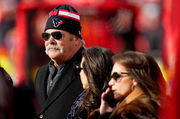
T.J. Watt’s Wife Shares Emotional Update on Steelers LB Following Worrying Health Scare

Forced to Leave FOX, Cowboys Legend Troy Aikman Says ESPN Is Like ‘U.S. Government’ & Clearly Distinguishes the Two Networks
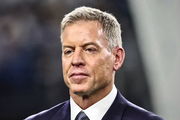
New Charter Deal Triggers ‘Financial Frenzy’ as NASCAR Teams Set for Massive Payday

Steelers Legend Accuses Mike Tomlin of Lowering Standards as Winning Record Called Into Question
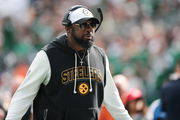
Rafael Nadal Faces New Injury Blow Only a Year After His Emotional Tennis Exit
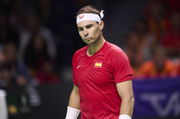
As reported by SBJ, a source mentioned that the league is “proposing a revenue-sharing system similar in structure to the current model with a fixed salary cap and additional revenue sharing, which is triggered at certain targets.” The source had also added that the target is “more attainable than what is in the present CBA”.
ADVERTISEMENT
The players, however, are looking to the NBA’s framework for inspiration, a model where the salary cap is directly tied to Basketball Related Income (BRI), and the league must allocate between 49% and 51% of that revenue to players. That transparency and proportionality are what the WNBPA is pushing for.
But even if both sides reach common ground on revenue sharing, plenty of other unresolved issues remain. Throughout the 2025 season, players repeatedly voiced concerns about the increased games without any rest period in between, calling it too physically demanding. If the schedule continues to intensify, they argue, rosters must expand, so teams don’t have to rely on temporary hardship contracts when injuries or international commitments arise.
But it seems like both parties are willing to reach an extension at least. As Sophie Cunningham had already hinted at the extension during an interview with ESPN on October 22, “While I hope we make the October 31 deadline, and that is a real deadline from that perspective, we have extended deadlines in the past”. Still, an extension doesn’t mean agreement. So, what do you think? Will both sides reach a mutual agreement with the extension? Or will the league’s biggest moment of growth face another roadblock?
ADVERTISEMENT
ADVERTISEMENT
ADVERTISEMENT
ADVERTISEMENT

